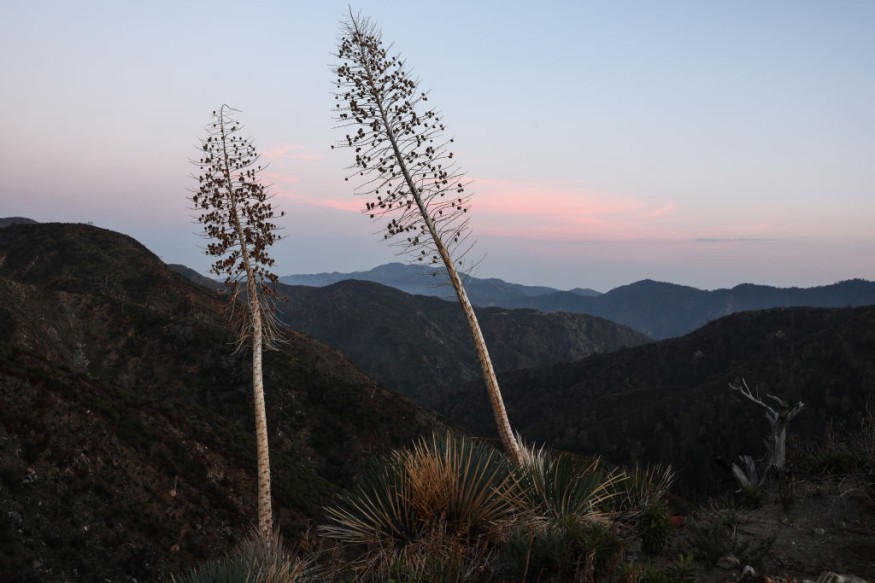Drought has reportedly continued to affect the Intermountain West as of late April, resulting in the start of the annual spring snowmelt.
As a result, US meteorologists have issued a new drought warning ranging from moderate to critical.
The latest drought forecast confirmed previous empirical evidence that drought has worsened for more than a thousand years in the region and will continue in the coming years.
This climatic problem may aggravate dry weather conditions and change weather patterns.
Drought Warning

The National Oceanic and Atmospheric Administration (NOAA) - National Integrated Drought Information System (NIDIS) on Friday, April 22, issued its latest drought warning based on its Drought Early Warning System (DEWS), indicating that an extreme dry spell is underway in the Intermountain West.
Under the warning, 21.4% of the said US region is experiencing significant drought, notably in northeastern-southern New Mexico and southeast Colorado.
The current condition had its roots back in a relatively weak drought in 2009, which aggravated in May 2020, said the NOAA - NIDIS.
With this, other western states, such as Arizona, Utah, and Wyoming, have shown the continuance of the dry spell.
The natural phenomenon poses life-threatening risks and potential damage to agriculture and livestock. The regional drought also increases fire weather conditions and the risk of wildfires.
In Arizona, a growing wildfire dubbed the "Tunnel Fire" has forced a large-scale evacuation involving thousands of people as it continues to burn dozens of structures in a drought-stricken rural area of the state.
The fire has already engulfed a total land area of 16,625 acres, as per Reuters.
US Drought Monitor Categories
The US drought agency classifies the magnitude or intensity of drought into five categories, with D0 being the lowest and D4 being the highest:
- D0 (Abnormally Dry)
- D1 (Moderate Drought)
- D2 (Severe Drought)
- D3 (Extreme Drought)
- D4 (Exceptional Drought)
In line with the organization's drought measurement, the following Intermountain West states are experiencing:
- 6% of Arizona is under D3
- 5% of Colorado is under D3
- 63% of New Mexico is under DR3 or D4
- 43% of Utah is under D3
- 21% of Wyoming is under D3
Based on the current data, all states are subjected to at least extreme drought as of Tuesday, April 19.
Drought Long-Range Forecast
The NOAA - NIDIS also issued its three-month drought forecast from May to July 2022.
Based on seasonal forecasts, US meteorologists from the agency showed that increasing temperatures throughout spring and early summer are possible in the Intermountain West.
In addition, relatively lower precipitation will result in the lack or absence of rainfall in the region, especially for northern Utah, eastern New Mexico, Colorado, and Wyoming.
Drought and Its Western US Impact
Drought is characterized by a prolonged period of time of below-normal precipitation, including rain or snow, in a given area or region.
This may result in the reduction of groundwater, streamflow, water shortage, as well as crop damage, and reduced soil moisture, according to the National Geographic.
In the Western US, a previous study published in the journal Nature Climate Change in February showed that the ongoing drought in the region will likely continue until 2030.
Related Article: Drought in Western US Could Last Until 2030 Due to Climate Change
© 2025 NatureWorldNews.com All rights reserved. Do not reproduce without permission.





